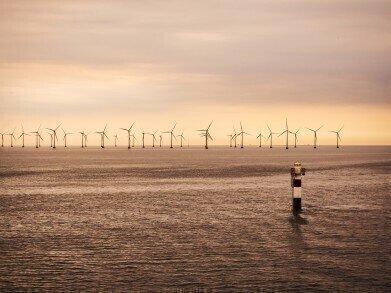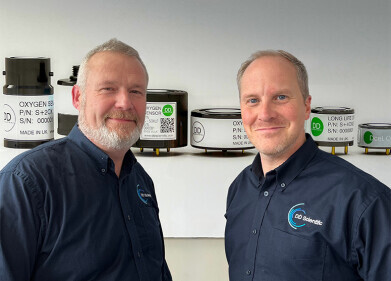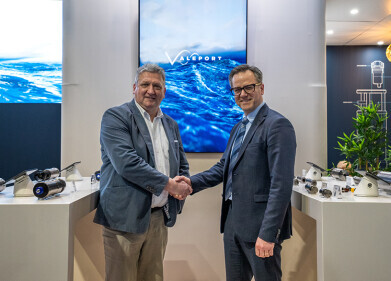Business News
How Does Offshore Energy Affect Marine Life?
Jan 25 2020
Renewable energy is guaranteed to comprise a key component in curbing the global carbon footprint and achieving greenhouse gas emissions targets set by the EU and other bodies around the world. Solar and wind are effective methods of generating power cleanly, but are often dependent on the elements and as such represent intermittent sources of energy.
Offshore energy, on the other hand, is generally a far more reliable entity due to the regularity of ocean currents. But while green solutions such as offshore wind farms, wave energy converters and other types of marine renewable energy devices (MREDs) are becoming increasingly popular, new research has uncovered the damaging effect they may be having on life beneath the waves.
Unforeseen consequences
It’s widely accepted that human activity can have negative impacts on marine life, but most of the headlines surrounding that issue are dominated by the safety of shipboard fuel and the damaging consequences for underwater life if a leak occurs. Little thought is given to how supposedly clean forms of energy, such as wind turbines, might affect marine flora and fauna.
Similarly, wind farms are often eschewed by their critics due to their allegedly unsightly appearance and how that can tarnish the pristine aesthetic of a pastoral landscape. As such, many deem offshore wind farms as the ideal solution, relocating the eyesore to a place where out of sight really is out of mind – but still serves its purpose and supplies much-needed electricity.
Reviewing the evidence
In a review paper entitled How Blue Is Green Energy?, a team of researchers looked at how the installation, maintenance and continued operation of MREDs (in particular, offshore wind and tidal turbines) affect marine life. They found that the spinning blades of turbines can inflict blunt-force trauma on larger animals like dolphins and porpoises, while their installation can displace whole populations of species.
The noise pollution caused by such projects can disrupt the echolocation which some organisms use to navigate, forcing them to move to a new habitat. That kind of interference not only occurs while installation is ongoing, but even after it is completed. Some technologies emit low-frequency pulses which can obscure the calls and sounds which animals use to communicate. For more vulnerable animals, this can endanger their species altogether.
Forethought is vital
The authors of the study are at pains to stress that they do not oppose MREDs and acknowledge that they have a vital role to play in transitioning away from fossil fuels while still avoiding energy poverty. However, they advise locating them in areas home to large populations which can easily migrate to other zones, rather than more isolated regions where vulnerable organisms reside.
“We don't want to slow anything down. We just want everyone to be a bit more strategic in their efforts,” explaines Andrew Wright, lead author on the research. “We all agree that climate change is a big problem that needs solutions, but it's important to make sure that the solutions we implement don't have too much collateral damage along the way.”
Digital Edition
IET 34.2 March 2024
April 2024
Gas Detection - Biogas batch fermentation system for laboratory use with automatic gas analysis in real time Water/Wastewater - Upcycling sensors for sustainable nature management - Prist...
View all digital editions
Events
Apr 22 2024 Hannover, Germany
Apr 22 2024 Marrakech, Morroco
Apr 23 2024 Kuala Lumpur, Malaysia
Apr 23 2024 Kintex, South Korea
Apr 23 2024 Edmonton, AB, Canada



















